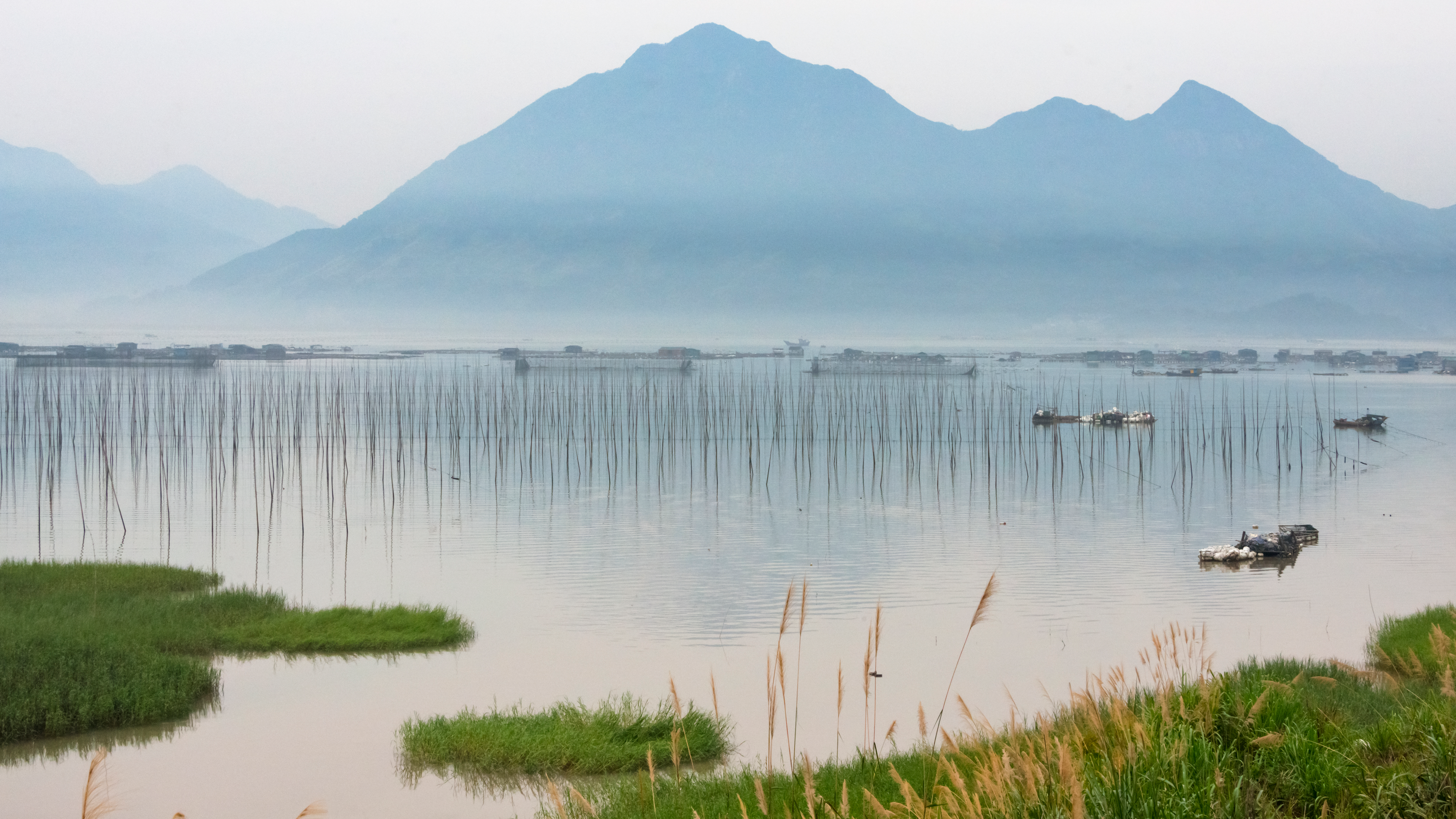01:06

The overall quality of China's coastal waters has improved significantly with microbead content brought under control, said the country's environment officials on Friday during a press conference. They said the country's marine ecology had improved substantially in recent years as the proportion of good water in coastal waters nationwide last year was 76.6 percent, up by 5.3 percent.
In the three years since the Bohai Sea went under comprehensive environmental governance, the overall ecological quality of the sea has improved. The proportion of good water (Class I and II) in the Bohai Sea reached 77.9 percent, a year-on-year increase of 12.5 percent.
"From January to August this year, the 10 state-controlled cross sections of seagoing rivers listed in the "eliminating poor quality water" campaign have all cleaned the Class V water. We have checked all the sewage outfalls and are steadily carrying forward further investigations and remediation works. Construction has started in all ecological recovery projects and over 3,300 hectares of coastal wetlands along 58 kilometers of coastline have been restored," said Huo Chuanlin, deputy director of the Department of Marine Ecology and Environment under China's Ministry of Ecology and Environment.
Meanwhile, the ministry cooperated with relevant departments including the Coast Guard, to launch the "Green Sea 2020" operation, focusing on marine ecological protection to intensify monitoring work and resolve key issues. Considerable progress has been made by the joint efforts.
"So far, we have uncovered up to 620 sea sand illegal mining cases, seized 678 involved vessels and 5.6 million tonnes of sea sand, and captured 6,813 people involved in the cases," said Zhang Jun, spokesman of China's Coast Guard.
Moreover, Huo told the media that according to test results, the amount of microbeads in China's coastal waters was at a low-to-medium level – similar to what other surveys worldwide suggest.
"The monitoring results in 2019 show that the average number of floating marine debris in China's surface waters was 4,027 per square kilometer, and the average densities of microbeads in surface waters of the Bohai Sea and the East China Sea were 0.82 per cubic meter and 0.25 per cubic meter, respectively. Compared with similar international survey results during recent years, the microbead content in the country's coastal surface waters is at a low-to-medium level," said Huo.
China has adopted control measures on disposable plastic products, and strives to reduce plastic at source by promoting alternatives, strengthening recycling and carrying out plastic waste cleaning.
In conjunction with the ongoing revision of the Marine Environmental Protection Law, the ministry also has future plans to reduce microbead emissions, enhance ocean microbeads pollution surveillance, and boost ecological treatment from the root.
China has a five-class surface water quality standard, with Class-V indicating the worst and Class-I indicating the best.
Microbeads are manufactured solid plastic particles of less than 1 millimeter in their largest dimension. It can cause plastic particle water pollution and pose an environmental hazard for aquatic animals in freshwater and oceans.
(Cover image via VCG)
(If you want to contribute and have specific expertise, please contact us at nature@cgtn.com.)